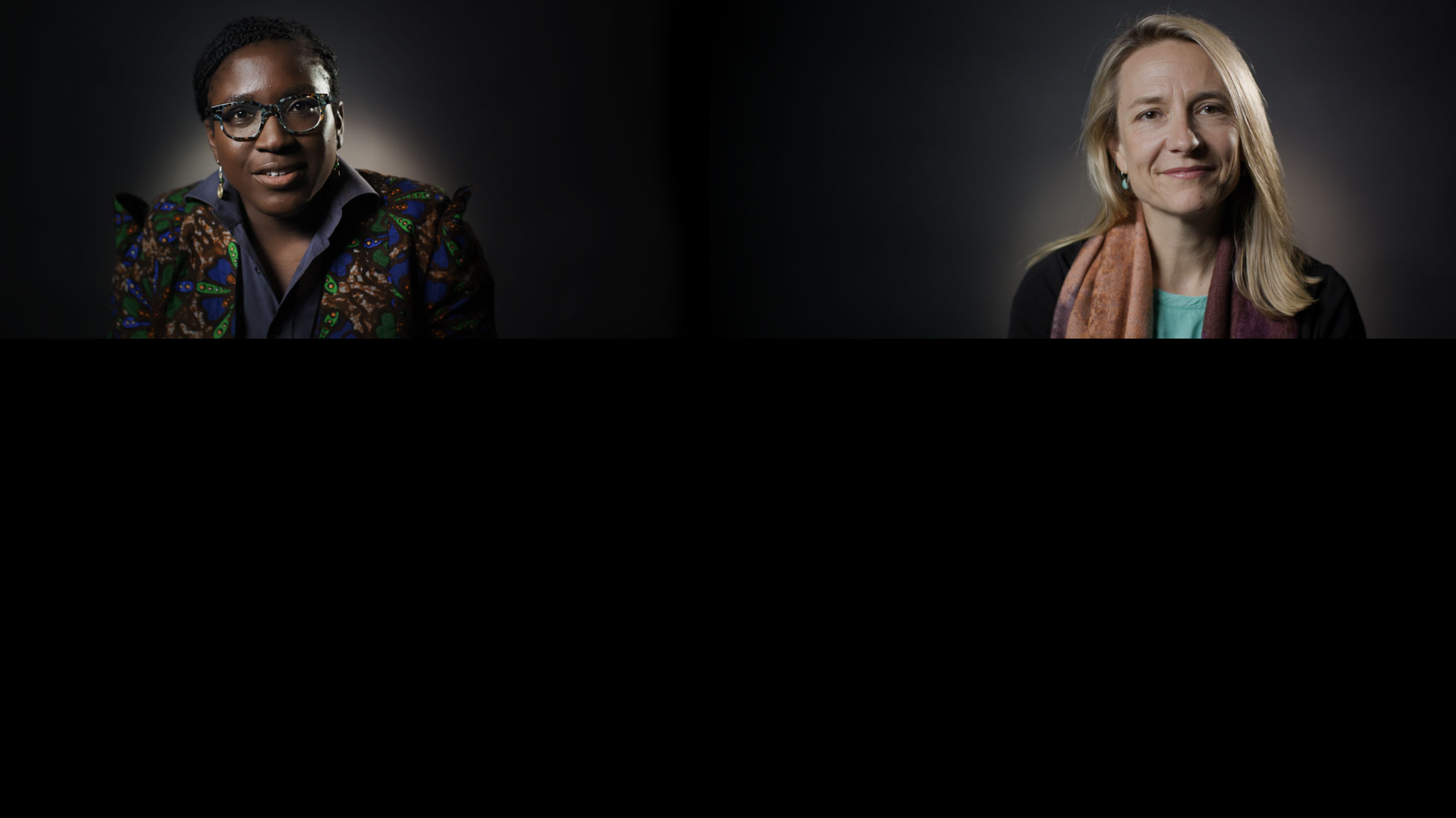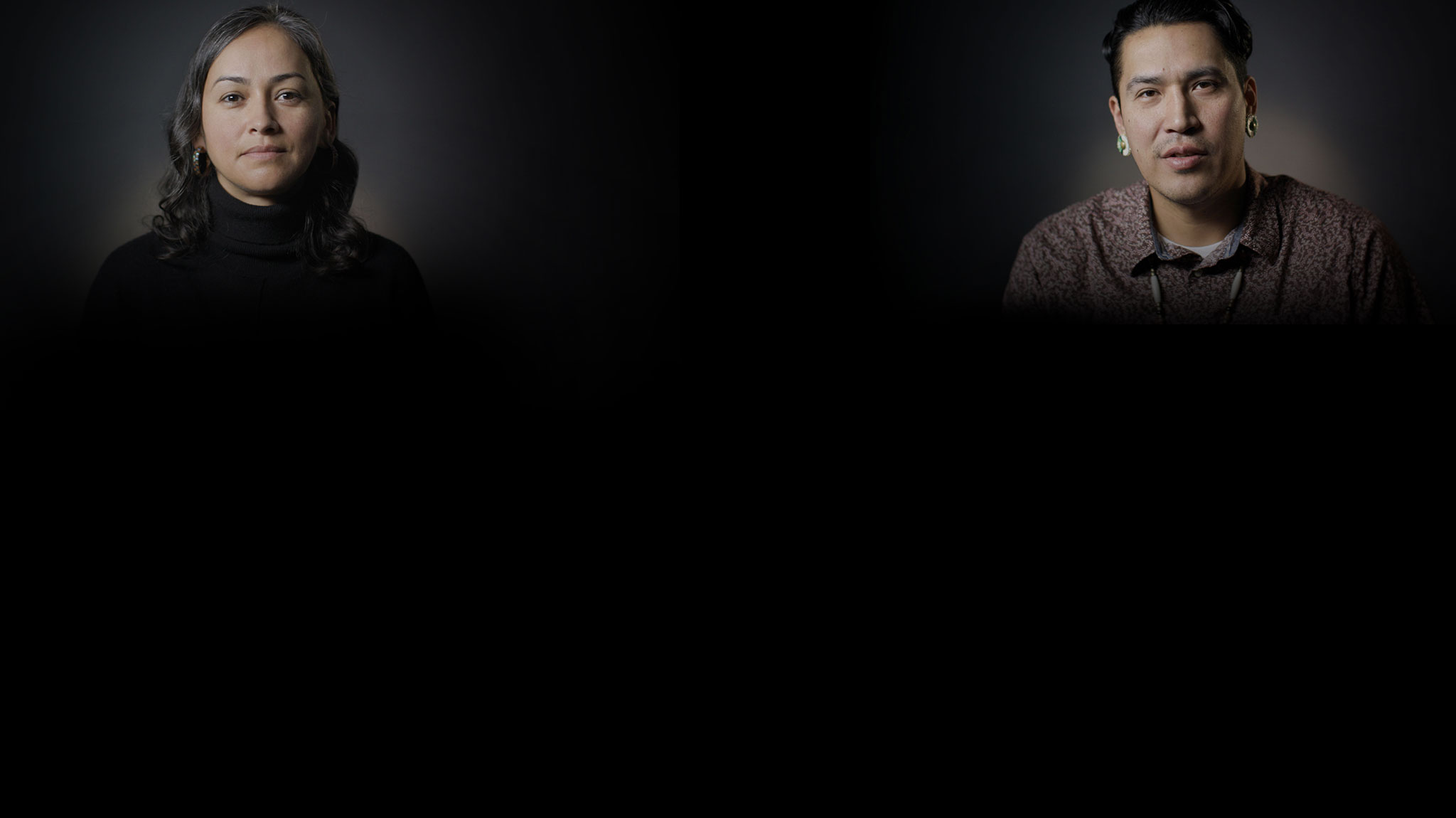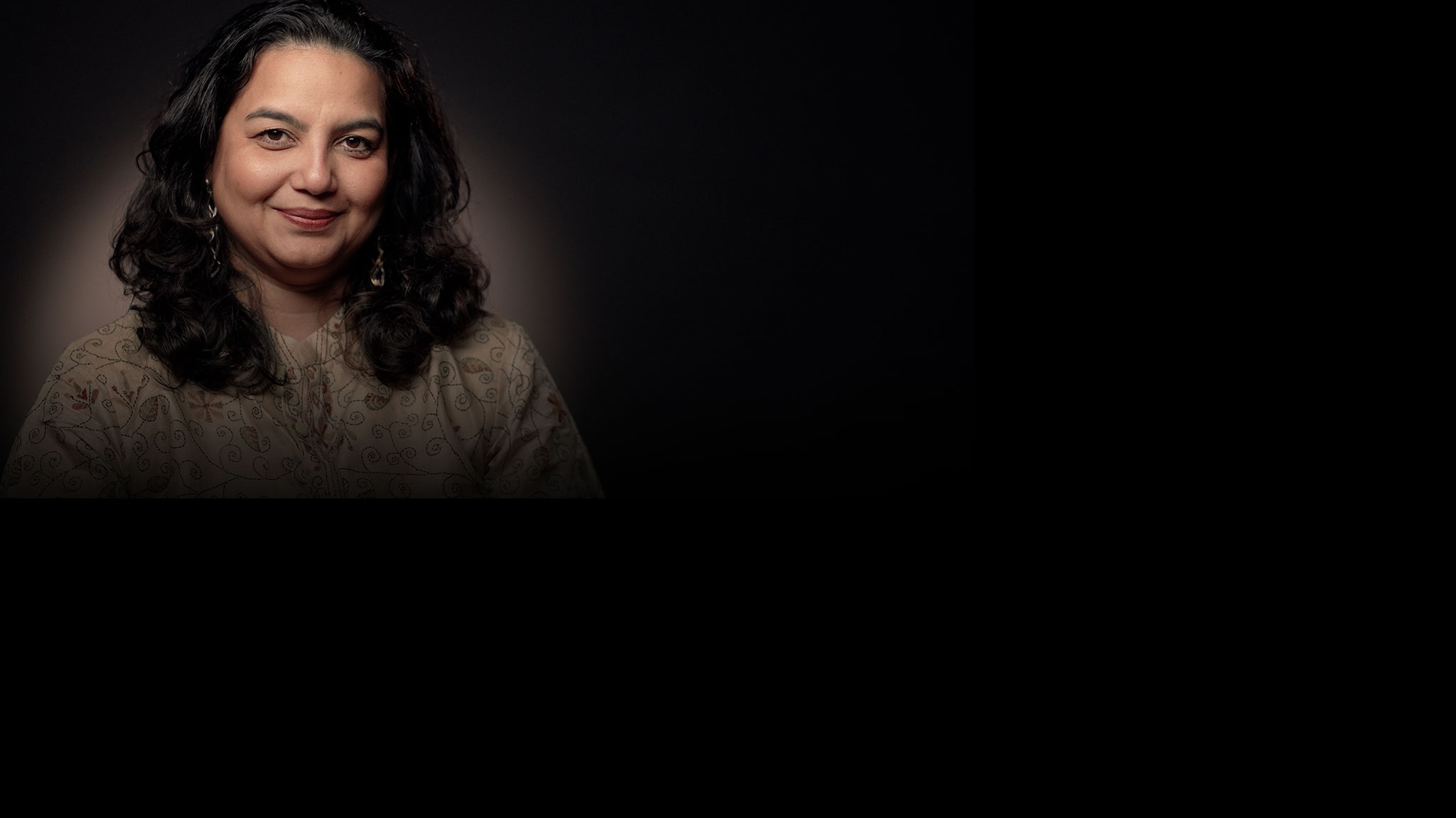At the Skoll World Forum last month, Jeff Kehoe of the Harvard Business Review Press led a conversation about how social entrepreneurs are transforming society’s unjust equilibria.
Skoll Foundation President and CEO Sally Osberg and strategy guru Roger Martin talked about their upcoming book, Getting Beyond Better: How Social Entrepreneurship Works.
As Osberg explained: “Social entrepreneurs attack systems and equilibria in society that are stuck in place and desperately in need of change.” Martin added that the book aims to extend the knowledge of social entrepreneurs to provide models for their peers; and to make it easier for funders and stakeholders to understand and identify social entrepreneurs, increasing investment in the sector.
“The real challenge today is summoning the body of evidence that shows us what social entrepreneurship is getting done in the world,” said Osberg. “This will give more leverage and impetus for us to track this wave and prove to governments and businesses what is possible.”
Martin spoke of the tensions that social entrepreneurs have to deal with. “You have to abhor the current situation and understand how to change it. You’re an expert, but also an apprentice. You have to both experiment and commit.”
This is no small task. It requires tough-minded optimism. Social entrepreneurs see an opportunity and they ask themselves, “If not me, who? If not now, when?” Social entrepreneurs believe, “I’m not just going to make it better, I’m going to fix it.” The book aims to help prospective entrepreneurs think about what real fixes would look like, so these change-makers can keep their aspirations and optimism high.
Ashoka founder and CEO Bill Drayton, Fundación Escuela Nueva founder and director Vicky Colbert, and EkStep chairman Nandan Nilekani also joined the conversation.
Colbert, whose teacher-driven approach to creating change within Colombia’s education system has been adapted across the country and abroad, emphasized the importance of working with all actors within the system. To truly create equilibrium change, you must work with governments and with various players across society, from unions to public-private partnerships.
Nilekani spoke of visualizing a future that other people cannot. You can adapt technologies for entirely new purposes and achieve large-scale change. He served as chairman of the Unique Identification Authority of India (UIDAI), which aims to provide an individual identification number for all residents of India. How do you give a unique number to a billion people? “We flipped the use of biometrics to establish the uniqueness of a billion people… and have achieved 99.9 percent accuracy!”
Drayton talked about how operating at the level of mindset change as well as pattern change is bringing society to a place where disrupting equilibria is no longer the exception, but the new norm. “Once people see what the new game is, then they know what to do — and they’ll do it! Especially when they see people around them doing it. That’s the power of mindset change.”
In a discussion of leadership, Colbert described how the Escuela Nueva model helps isolated teachers apply their experiences. “This is the type of leadership where you empower your followers.” Nilekani described the importance of merging people of different backgrounds. “If the goal is big enough, ambitious, and transformational, people will put aside their differences and work together… The challenge is to build a positive coalition that is more powerful than the negative coalition.”
According to Drayton, “Leadership is not a few smart people telling everyone else what to do. Leadership helps everyone think together, build together, change together.” By forming a fluid and open “team of teams” made up of different perspectives and skillsets, your work becomes more sophisticated and powerful.
Osberg reminded us that to get to the kind of mindset change that will actually fuel policy makers to act, we must not forget the power of storytelling. “As we think of these as strategic problems, remember we’re on a human journey. Narratives help people understand, and telling that story helps us connect to actors to bring the stories along.”
There are victories along the way, but that does not mean we are done. This is long term work that requires stamina.



